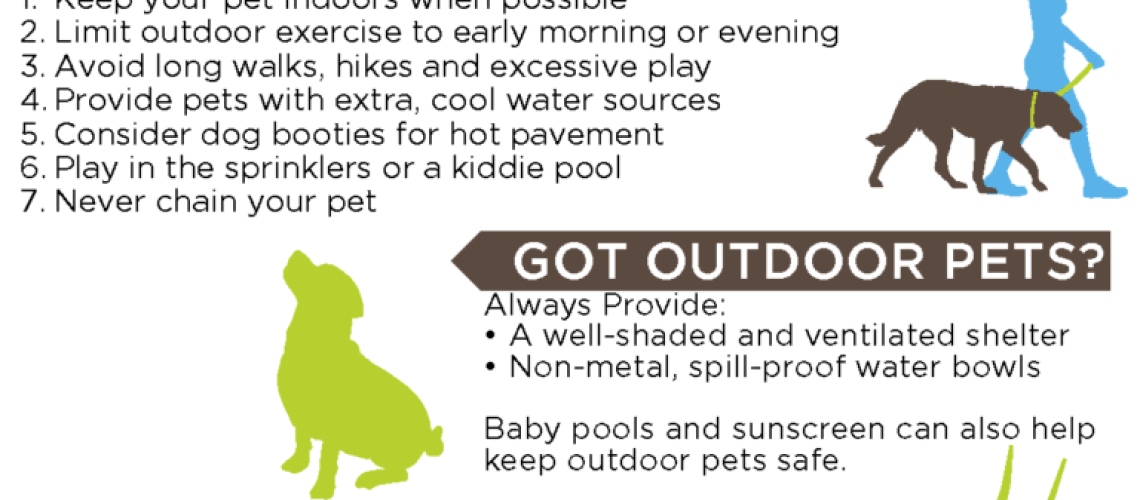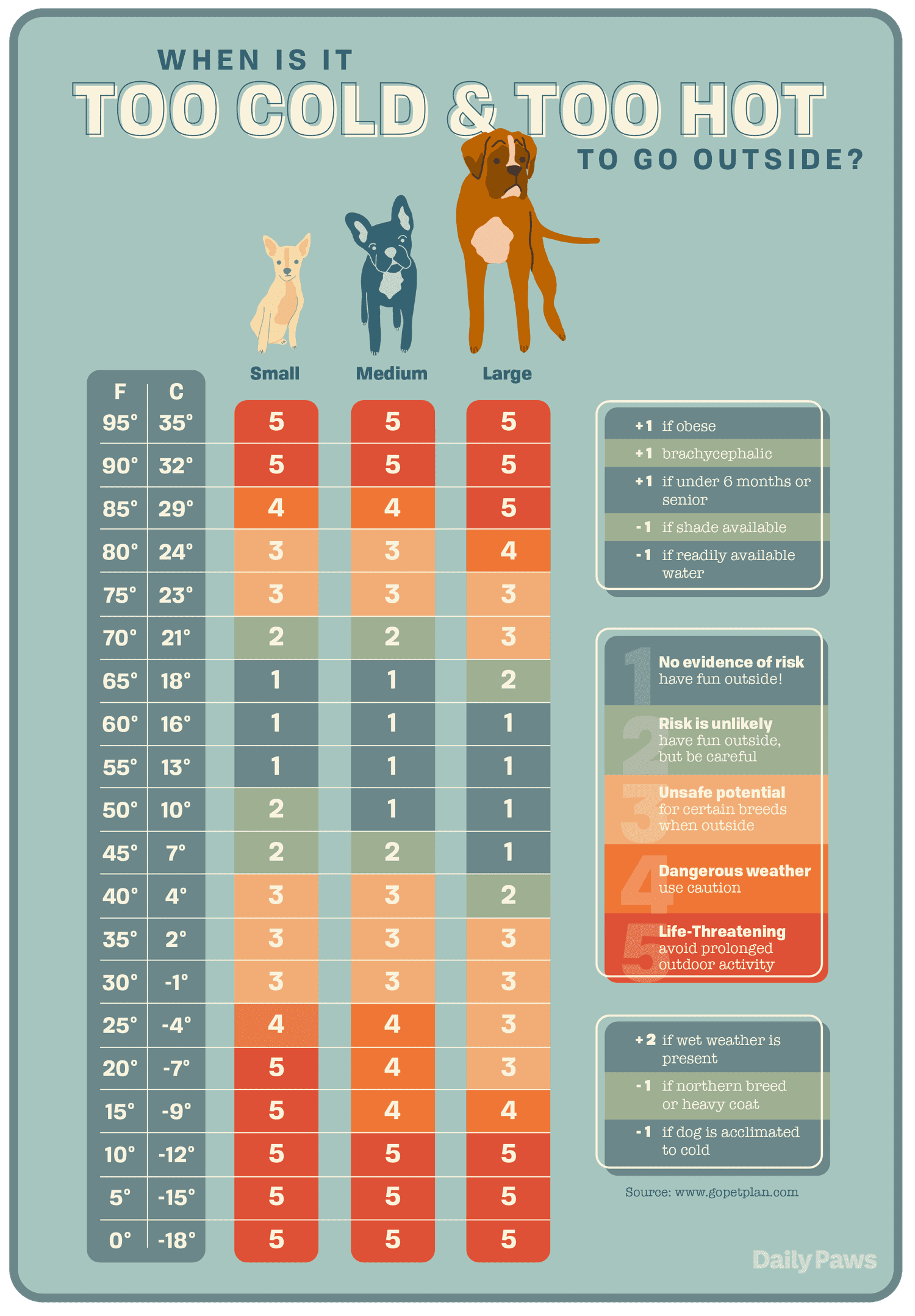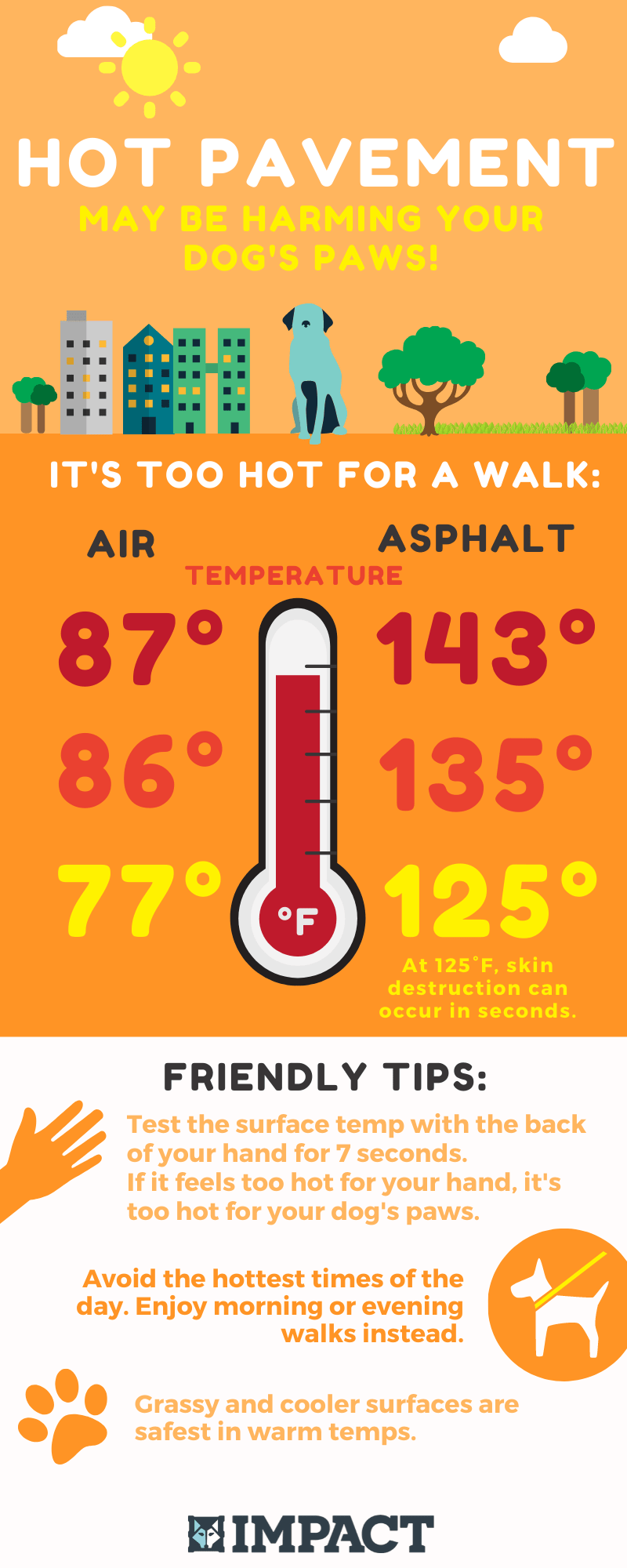Key Takeaways:
- Never leave your dog in a parked car, as temperatures can quickly rise and lead to heatstroke.
- Provide plenty of fresh water and shade for your dog to stay hydrated and cool during hot summer days.
- Avoid walking your dog on hot pavement, as it can burn their paws. Opt for grassy or shaded areas instead.
- Keep your dog protected from fleas, ticks, and mosquitoes by using appropriate prevention methods recommended by a veterinarian.
- Be cautious of fireworks and loud noises during summer holidays, as they can cause anxiety and stress in dogs. Create a safe and quiet space for them during these events.
Are you ready for a pawsome summer with your furry best friend? As the temperature rises, it's crucial to ensure your dog stays safe and comfortable. By understanding these 7 Dog Summer Safety Tips, you'll not only keep your canine companion happy and healthy but also strengthen the bond between you two. Did you know that dogs are more susceptible to heatstroke than humans? Well, worry not! In this guide, we'll explore easy-to-follow tips that will make this summer unforgettable for all the right reasons. So grab a cold drink and let's dive into the world of doggy safety in the sun!
Why is it important to keep your dog hydrated in the summer?
Keeping your dog hydrated is crucial, especially during the hot summer months. Dogs can't cool themselves down as efficiently as humans, so they are more prone to heat exhaustion and dehydration. When a dog becomes dehydrated, it can lead to serious health problems like kidney failure and heatstroke.
To prevent dehydration, make sure your dog always has access to fresh water. If you're going for a walk or spending time outdoors, bring along a portable water bowl and offer your dog water frequently. You can also add ice cubes to their water bowl to help keep it cool.
Signs that show your dog may be overheating:
- Panting heavily
- Excessive drooling
- Lethargy or weakness
- Reddened gums
- Vomiting or diarrhea
If you notice any of these signs, move your dog to a shaded area immediately and offer them water. You can also wet their paws with cool water or use a damp towel on their body to help lower their body temperature. If the symptoms persist or worsen, seek veterinary attention right away.
Tips for keeping your dog hydrated:
- Always provide fresh water in a clean bowl.
- Bring a portable water bowl when going out with your dog.
- Add ice cubes to their water bowl to keep it cool.
- Avoid strenuous activities during the hottest parts of the day.
- Offer frozen treats made from diluted chicken broth or yogurt for extra hydration.
Signs that show your dog may be overheating
Recognizing the signs of heat exhaustion in dogs
If you notice your dog panting excessively, drooling, or appearing lethargic, they may be experiencing heat exhaustion. Other signs include bright red gums, vomiting, and difficulty breathing. It's important to act quickly if you suspect your dog is overheating.
Preventing heatstroke in dogs
To keep your dog cool during hot summer days, provide plenty of fresh water and shade for them to rest in. Avoid exercising your dog during the hottest parts of the day and never leave them in a parked car. If you need to take your dog outside, consider using a cooling vest or wetting their fur with cool water to help regulate their body temperature.
Protecting your dog's paws from hot pavement
The dangers of hot pavement for dogs
Hot pavement can burn your dog's paw pads and cause pain and discomfort. To test if the pavement is too hot for your furry friend, place the back of your hand on it for five seconds. If it feels too hot for you, it's definitely too hot for your dog.
Tips for protecting your dog's paws
To protect their paws from burning on hot pavement, try walking them early in the morning or late in the evening when the ground is cooler. You can also invest in booties specifically designed to protect their paws from extreme temperatures. Regularly checking their paw pads for any signs of damage or irritation is also crucial.
Dangers of leaving your dog alone in a parked car during summer
The risks of leaving a dog unattended in a parked car
Leaving your dog in a parked car during the summer can be extremely dangerous. Even with the windows cracked, the temperature inside a car can quickly rise to deadly levels. Dogs are more susceptible to heatstroke than humans, and just a few minutes in a hot car can be life-threatening for them.
Alternatives to leaving your dog in the car
If you need to run errands or go somewhere that doesn't allow dogs, it's best to leave your furry friend at home in a cool and comfortable environment. If you must bring them along, make sure someone stays with them in the car with the air conditioning running. Alternatively, consider using pet-friendly establishments or doggy daycare services where your dog can stay safe and cool while you're away.
Tips for preventing fleas and ticks on your dog in the summer
The importance of flea and tick prevention
Fleas and ticks are not only annoying pests but also carriers of diseases that can harm your dog's health. It's crucial to take preventive measures during the summer when these parasites are most active.
Effective methods for preventing fleas and ticks
- Regularly check your dog's fur for any signs of fleas or ticks, especially after outdoor activities.
- Use veterinarian-recommended flea and tick prevention products such as topical treatments or oral medications.
- Maintain a clean living environment by regularly vacuuming carpets, washing bedding, and treating outdoor areas where fleas and ticks may reside.
- Avoid walking your dog in tall grassy areas where these parasites thrive.
Keeping your dog safe around water during the summer
The importance of water safety for dogs
While many dogs enjoy swimming and playing in the water, it's essential to ensure their safety to prevent accidents or drowning.
Tips for keeping your dog safe around water
- Never leave your dog unattended near pools, lakes, or other bodies of water.
- Teach your dog how to swim and consider using a life jacket for added protection.
- Rinse off your dog after swimming in chlorinated or saltwater to remove any chemicals that may irritate their skin or be harmful if ingested.
- Be cautious of strong currents or waves at the beach, as they can pose a risk to your dog's safety.
In conclusion, it is important to keep our furry friends safe during the summer months. By following these simple tips, such as providing shade and water, avoiding hot pavement, and not leaving them in parked cars, we can ensure that our dogs stay happy and healthy all summer long.
How can I keep my dog safe in the summer?
Make sure your pets have shade and fresh water available at all times to help them stay cool. Check daily for flystrike, as this can be deadly. Add ice cubes to your dog's water dish or create frozen treats with treats and water in a kong toy.
What temperature is safe for dogs in summer?
The temperature is currently 67 degrees Fahrenheit. Small and medium-sized dogs have a low risk of overheating, but some larger breeds may be more susceptible. It is currently a comfortable temperature for going on a walk.
What are the safety tips for pets in July 4?
If you or your neighbors are using fireworks, it is important to keep your pets indoors. Additionally, make sure to keep sparklers, glow sticks, fireworks, charcoal, and kabob skewers out of reach of curious pets. Finally, do not allow pets to approach your barbecue grill while it is in use or still hot.
How do dogs keep themselves from overheating during the summer?
Dogs cool down their bodies by panting, which involves the evaporation of moisture from their tongues, nasal passages, and lung lining. The circulation of this air helps to lower their body temperature.
What temperature is too hot for dogs to stay in?
Typically, temperatures above 90 degrees Fahrenheit can become quite dangerous, so it is advisable to refrain from going outside if it is hotter than that.
What temperatures are unsafe for dogs?
When the temperature reaches 25 degrees, it becomes dangerous weather, so it's important to be cautious, especially if your dog is sensitive to warmer temperatures. When the temperature drops to 20 degrees or lower, it becomes potentially life-threatening cold weather.

















